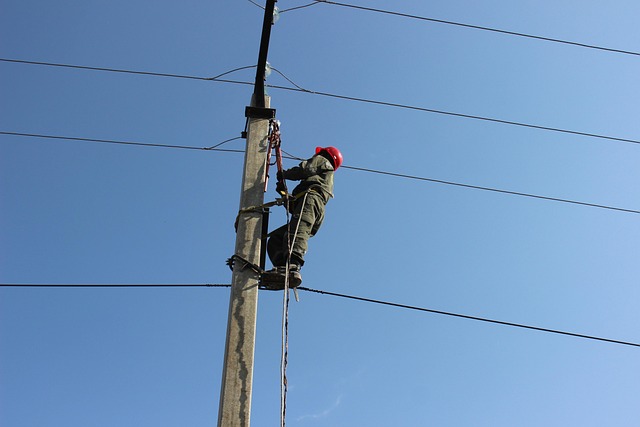Inspecting flues and vents: safe homeowner procedures and limits
A clear homeowner guide to inspecting flues and vents safely, describing routine visual checks, common warning signs, and the limits of DIY work. Learn which observations you can make, how components like filters, ducts, and sensors relate to safety and efficiency, and when to contact local services for diagnostics and repairs.

Regular checks of flues and vents help protect indoor air quality and keep combustion systems operating as intended. Homeowners can perform practical, noninvasive inspections to spot blockages, rust, or animal nests and to confirm that venting elements look intact. This guide explains safe visual checks, how airflow, filters, and ducts affect performance, why combustion and ignition signs matter, and clear limits where diagnostics and repairs should be left to qualified local services.
What inspections can homeowners safely perform?
Perform visual inspections of accessible exterior vent caps, visible flue pipes, and indoor vent terminals. Look for displaced or corroded sections, bird or rodent nests, and loose metal flashing where pipes pass through walls or roofs. Check for soot, excessive condensation, or discoloration around vent joints—these can indicate problems. Use a flashlight and avoid leaning into or opening sealed combustion compartments. Record observations and photos for technicians and note dates during regular scheduling.
How does combustion and venting affect safety?
Combustion that is incomplete or poorly vented can produce carbon monoxide and other hazardous byproducts. If you notice yellow or erratic flames, heavy soot, or persistent combustion odors near appliances, consider this an urgent indicator to stop using the appliance and call professionals for combustion testing. Homeowners should not attempt burner adjustments, fuel-air mixture changes, or flue modifications. Proper venting maintains safe exhaust flow from the ignition source to the outdoors and prevents backdrafting into living spaces.
How should I check filters, ducts, and airflow?
Clean filters and unobstructed ducts promote steady airflow and system efficiency. Replace or clean filters according to manufacturer recommendations and inspect supply and return grills for blockages. In basements and attics, check exposed duct runs for disconnected joints, crushed sections, or visible leaks; these reduce airflow and can unbalance zoning. Avoid crawling into confined spaces without a partner and don’t attempt to reconfigure major duct runs—these are tasks for trained HVAC technicians to preserve airflow and efficiency.
When should sensors, ignition, and diagnostics be inspected?
Modern systems use sensors and control diagnostics to indicate faults; pay attention to control panel error codes and unusual cycling patterns. Simple checks homeowners can make include verifying that sensors and the thermostat have secure batteries and that visible wiring to non-sealed components is intact. Do not open sealed panels or tamper with ignition modules. If diagnostics report fault codes or if ignition failures recur, provide the exact code and circumstances to your service provider so they can run safe, professional tests.
How do thermostat, zoning, humidity, and efficiency interact?
Thermostat accuracy, proper zoning, and indoor humidity levels influence how frequently systems run and how hard they must work, which in turn affects combustion efficiency and venting requirements. Incorrect thermostat settings or stuck zone dampers can force longer run cycles, increasing wear on ignition and sensors. High humidity can lead to flue condensation and corrosion, while very low humidity can prompt higher setpoints. Verify thermostat operation and zoning behavior and mention any humidity concerns during routine service visits to support long-term efficiency.
What are the safety limits and recommended scheduling for professionals?
Safe homeowner tasks include visual inspections, replacing filters, clearing light debris from exterior vent screens, and documenting anomalous signs. Do not attempt internal combustion adjustments, reroute venting, work on ignition equipment, or modify pressure-relief or flue joints. Schedule annual or seasonal inspections with qualified local services for combustion testing, venting evaluations, and full diagnostics. If you observe soot accumulation, corrosive flue corrosion, recurring fault codes, backdrafting, or strong combustion smells, stop using the appliance and contact professionals promptly for safe resolution.
Conclusion Routine, careful inspections by homeowners can identify visible issues with flues, vents, ducts, and related components while preserving safety boundaries. Understand the signs of combustion or venting problems, maintain airflow and filters, and respect limits that require qualified diagnostics or repairs. Regular scheduling with trained local services ensures systems remain safe, efficient, and compliant with applicable guidelines.






